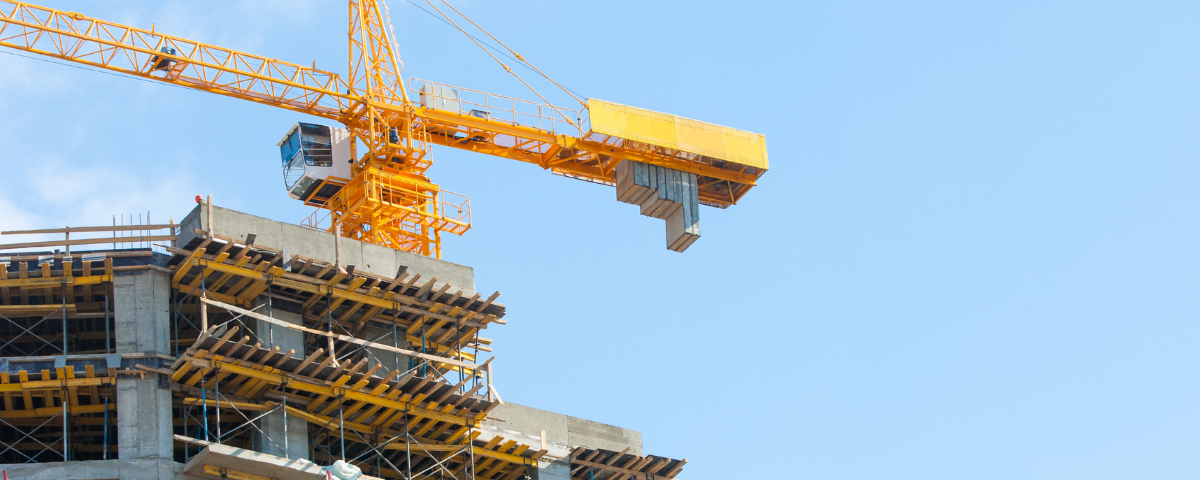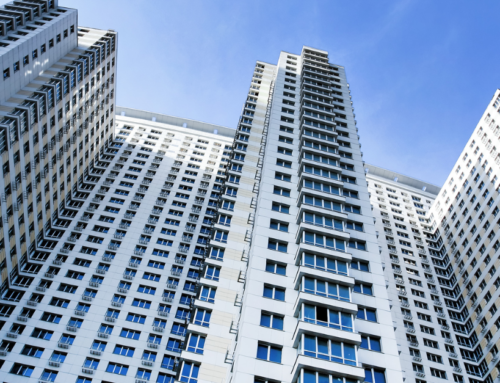What is the Buildings Safety Act 2022?
Following the Grenfell Tower tragedy, an independent review of fire safety in buildings was completed, which culminated in a report that identified the need for significant reform. The findings of the report were accepted in full by the UK government, leading in turn to the Building Safety Act 2022.
The Act is being brought into force gradually, with a plan and timeline produced by the government. It applies in England and Wales, although there are expected to be some differences in its implementation. A key first step has been the establishment of a Building Safety Regulatory, providing statutory powers and time to recruit and develop appropriate capacity to implement the new regime.
It’s been described as both ground-breaking and transformational, creating a more rigorous regime for planning, design, construction, and operation/occupation of higher-risk buildings and strengthening the entire building control system. It will provide enhanced rights for property owners, leaseholders, and occupiers, introduce new planning and building control gateways, and implement new and enhanced roles and responsibilities. The Act also introduces leaseholder protections to reduce their liability for the costs of remediation and contains significant provisions relating to construction products and defective products/premises.
Allianz have created a guide that details the 10 key changes introduced by the Act, as well as explaining the definition of what a ‘higher risk building’ is.
Next steps
Whilst terms such as gradual and transitional are referenced, and there is potentially more regulation to come, as the plan and timeline produced by the government suggests, things are now moving forward at a pace, with parts of the Act already implemented and significant changes to come through the remainder of 2023.
This is illustrated by the opening of the register occupied ‘higher-risk buildings’ in England, with principal accountable persons (or those appointed to act on their behalf) required to register any higher-risk building by 30 September 2023. After this date, it’ll be an offence to occupy a building that isn’t registered.
It’s key to understand the implications of the changes, the roles, and responsibilities of duty holders (design, construction, and occupation phases) and how they apply to organisations, timelines for implementation, relevant competence requirements and the impact of associated regulations and guidance.
Key takeaways for property owners
Identify any higher-risk buildings you are responsible for.
Ensure an appropriate Accountable Person or Principal Accountable Person is appointed and that they are aware of their responsibilities.
Present a Safety Case report and comply with mandatory reporting requirements.
Prepare the Golden Thread of Information and register any higher-risk buildings by 30th September 2023
Following the introduction of the Gateway System (anticipated October 2023), ensure that applications for planning and construction are submitted to the BSR in sufficient time for them to review the application.
Consider the implications of New Leaseholder Protections for any necessary remedial works undertaken after the introduction of the Act.
If you are concerned about how this affects you and your business and would like support in assessing your needs, we are here to help. Please do get in touch for confidential advice and guidance.
This article was adapted from an article by Allianz which can be found here.






